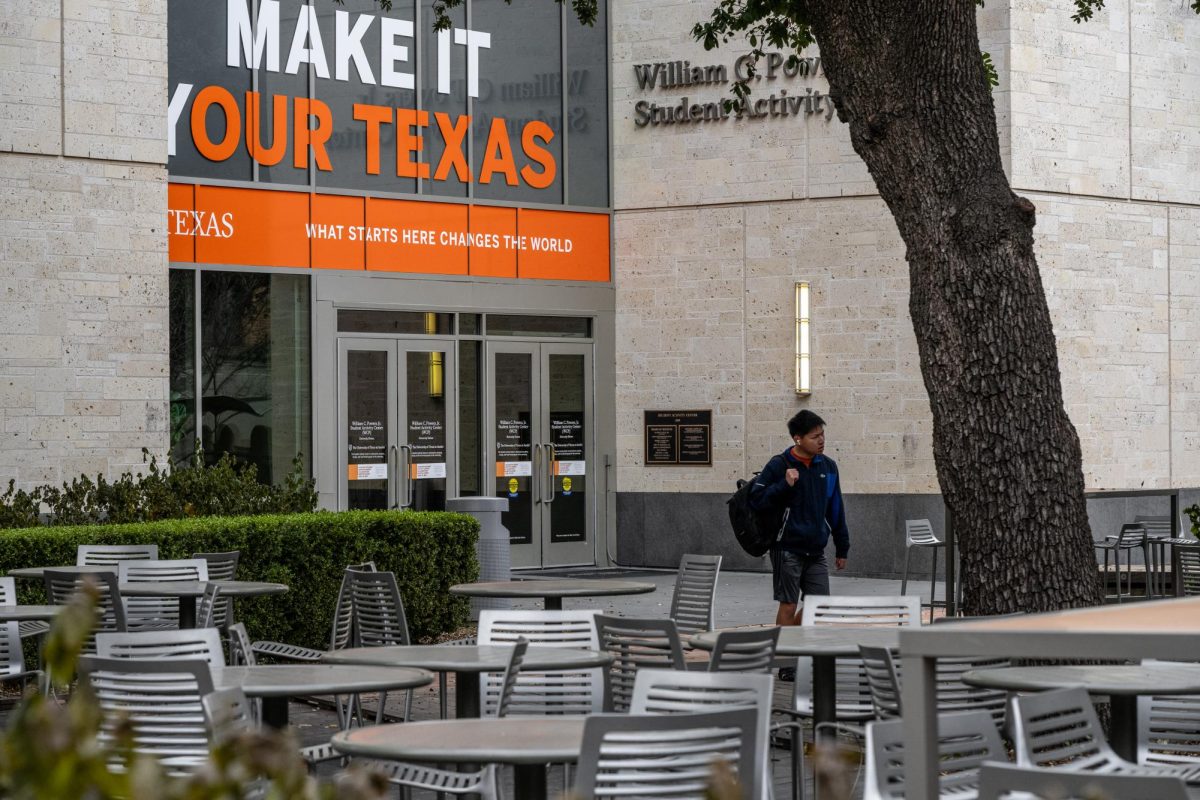The Austin Police Department is rolling out body cameras to officers this week, APD Chief Brian Manley said in a Friday announcement.
“The community is going to get what it has long desired, which is to view police activity,” Manley said in a Friday press conference. “It is a good tool for (APD) to have as well so we know what we are doing is not only appropriate, but that it is working as far as training, techniques and tactics go.”
APD purchased 736 Axon body cameras through federal and state grants. The first 198 cameras will be rolled out to officers serving APD’s East Substation this week, Manley said. APD was set to roll them out at the end of 2015, but a lawsuit concerning bidding practices from the camera contractors delayed implementation.
“The officers are already receiving the training necessary to operate the cameras,” Manley said at the press conference. “It’s not the end all, be all, but this is something we’ve wanted for quite some time.”
APD is one of the last major city police departments in Texas to give body cameras to their officers.
“One of the reasons we waited so long to start the camera program here in Austin is we wanted to make sure we have a program that works for us,” Manley told The Daily Texan. “We wanted the cameras to be like our in-car ones that turned on when triggered, so officers wouldn’t have to make the choice whether or not to turn the camera on.”
Over the past few years, APD has set up a seven-page policy manual which outlines rules for officers using body cameras, Manley said. These rules include when the devices should be used or not, where the body camera will be worn, how long video is stored and how public information requests for the videos are handled.
“The cameras automatically turn on and begin recording when the officer opens the car door,” Manley said. “We are training officers to turn on the cameras manually as well so they build muscle memory. Officers will also have to inform people they interact with that they are being recorded unless doing so would make the encounter less safe.”
Brent Dupre, commander of the APD’s technology division, said the cameras are easy to use and have a series of indicators on them that let officers know if it’s on and functioning properly.
“Officers will be in charge of their camera and its maintenance,” Dupre said. “We are very proud of the equipment and how long the battery life lasts.”
APD will be cooperating with the open records retention laws in regards to keeping camera footage, Manley said. The department will allow 181 days after a video is recorded before it is deleted.
The second round of roll-outs is scheduled for Nov. 4, with 234 cameras going to officers at APD’s main headquarters. The third round will start on Dec. 4, with officers at APD’s South Substation receiving 228 cameras.
Sociology junior Zeynep Cakir said she hopes the body cameras help the community and police department build a better relationship with each other.
“These body cameras give the public the ability to look inside what a police officer is doing,” Cakir said. “It will also keep them on their best behavior when interacting with us.”




















